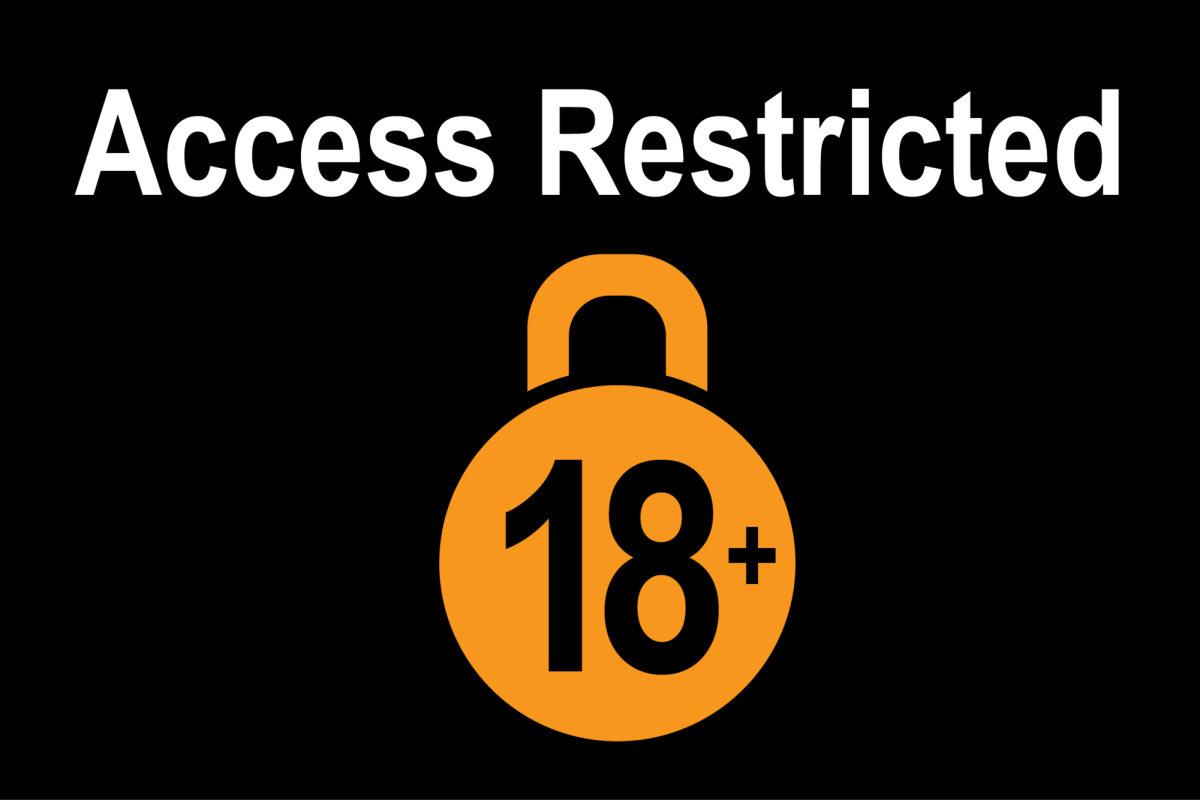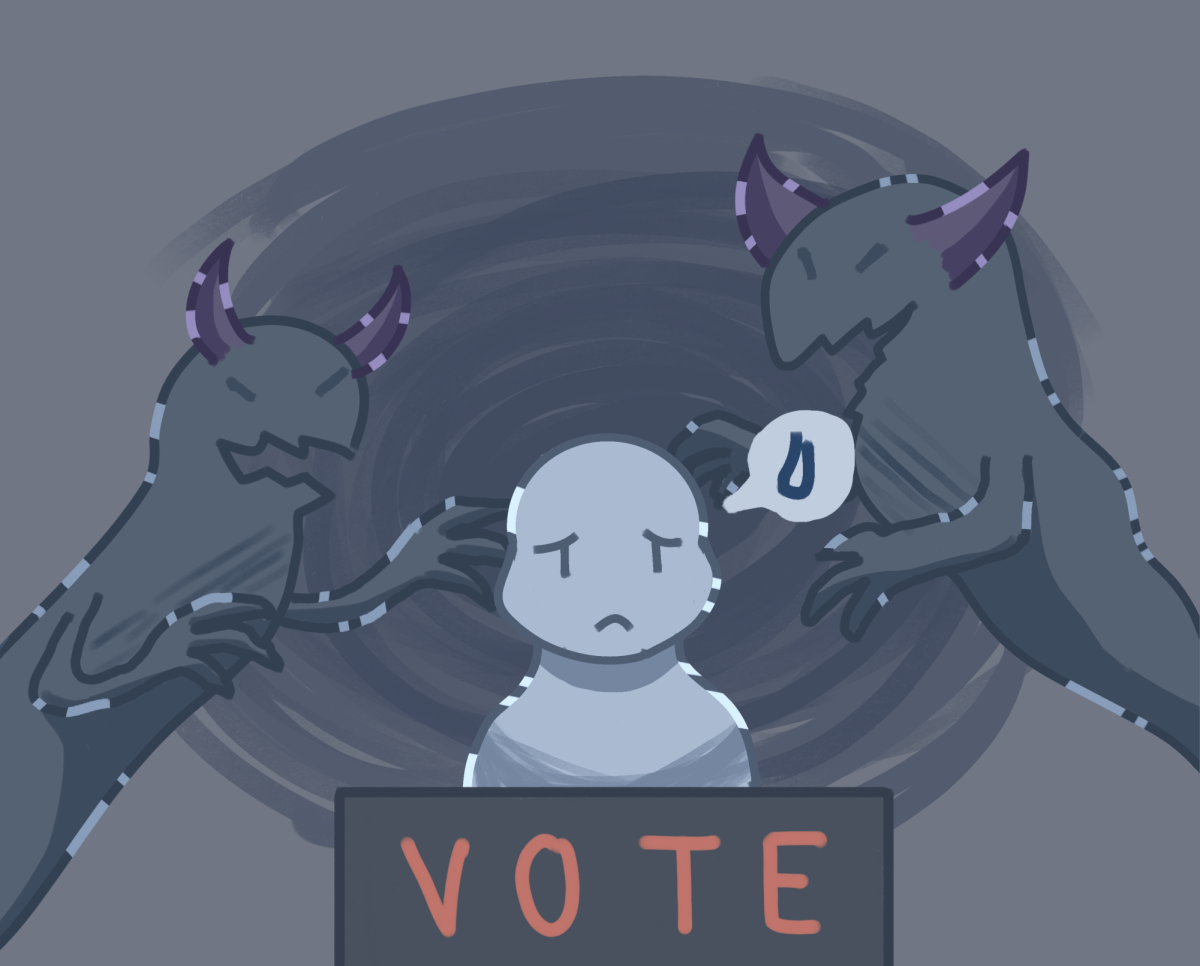By Anjulie Van Sickle
Despite common belief, men are not the only ones who had a major part to play in the civil rights movement. Women also had a significant role in the effort to gain equal rights for African-Americans.
As a part of Black History Month, history professor Kat Cloer presented a lecture on Feb. 6 to discuss the roles women played in the movement of the 1950s and 60s.
“During Black History Month, it’s all about men,” Cloer said. “I wanted women to have a role. They do have a huge role, and I wanted that role to be known.”
Cloer explained that although Rosa Parks is considered to be the “mother” of the civil rights movement, she was not the first black woman who refused to give up her seat to a white man on a bus.
In 1955, nine months before the Rosa Parks incident, a 15-year-old girl, Claudette Colvin, was arrested and jailed for refusing to give up her seat.
“It’s my constitutional right to sit here as much as that lady. I paid my fare, it’s my constitutional right,” she said following the incident.
Most are unaware of her because Colvin did not fit the profile the leaders of the movement wanted. She was thought to be too rebellious because she became pregnant by a married man, and her act was completely spontaneous.
The president of the Women’s Political Council, Jo Ann Robinson, organized the Montgomery Bus Boycott in December 1955. On Dec. 5, no blacks rode buses to protest segregation. Instead, they either walked or took taxis.
The “grandmother” of the civil rights movement, Septima Clark, was responsible for securing African-Americans the right to learn how to read and write.
“Women have stood up just as much as men have for equality,” biology major Catherine Southard said. “Even in 2013, we still don’t get equal pay for equal work. There’s still prejudice toward women, even when women have given their lives for equality, black or white.”
Other important women in the movement included Daisy Bates, a newspaper publisher and adviser for the “Little Rock Nine,” the nine black students who attempted to enroll in a predominantly white school in protest of the inequalities faced by African-American students.
Diane Nash, a half-white, half-black young girl, was told in the fall of 1959 that if she went with the Freedom Riders she would be kicked out of Fisk University in Nashville. Despite the threat, she went.
There were many other black women during the civil rights movement who made a substantial impact on history.
“It’s very important for people to know about women in the civil rights movement, because most people know about male men as dominant roles in the United States,” criminal justice major Sarah McCay said. “It’s good to know that women are heroes also.”
Faculty and students enjoyed the lecture.
“As historians and teachers of these large classrooms, we have a responsibility to make sure that all aspects of history are explored,” history professor Matt Hinckley said. “A lot of students come into college having a limited view of what they learned in their high school history courses, as well as the myths and half-truths that society perpetuates. It’s our responsibility and our privilege to be able to explode some of those myths and dig a little bit deeper.”
Cloer said her purpose for giving the lecture was fulfilled.
“If you don’t give women a voice, we’re not going to have women heroes,” Cloer said.









